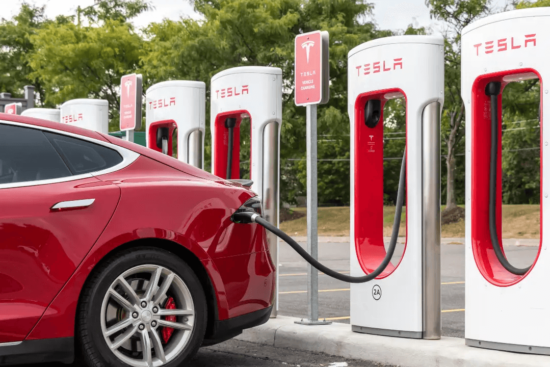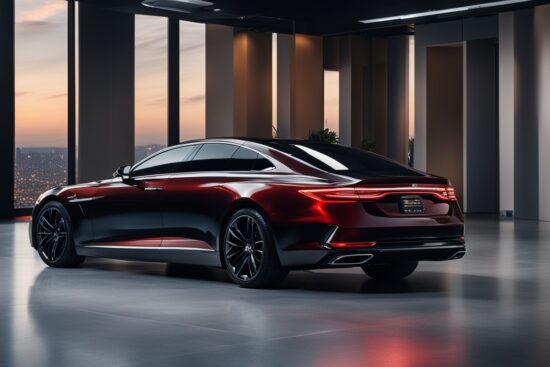
Classic cars hold a special place in the hearts of many automotive enthusiasts. These vintage vehicles evoke nostalgia, craftsmanship, and a sense of timeless elegance. However, owning a classic car comes with its own set of challenges, including the need for specialized insurance coverage to protect your prized possession.
Introduction to Classic Car Insurance
Understanding the Significance of Classic Cars
Classic cars aren’t just vehicles; they’re pieces of history, each with its own story to tell. Whether it’s a sleek 1960s muscle car or a charming vintage convertible from the 1950s, classic cars represent an era of automotive design and innovation that is revered by collectors and enthusiasts alike.
Why Classic Cars Need Specialized Insurance
Unlike modern vehicles, classic cars often appreciate in value over time, making them unique assets that require tailored insurance coverage. Standard auto insurance policies may not adequately protect these valuable investments, leaving owners vulnerable to financial loss in the event of theft, accidents, or damage.
What Is Classic Car Insurance?
Definition of Classic Car Insurance
Classic car insurance is a specialized type of coverage designed specifically for vintage and collector vehicles. Unlike standard auto insurance, which typically bases coverage on the vehicle’s depreciated value, classic car insurance considers factors such as the vehicle’s age, rarity, and condition to determine its insured value.
Criteria for Classic Car Classification
To qualify for classic car insurance, a vehicle usually must meet certain criteria, such as being a certain age (often 20 to 25 years or older), maintaining a certain level of originality or restoration, and being used primarily for recreational purposes rather than daily transportation.
Coverage Options for Classic Car Insurance
Agreed Value Coverage
One of the key features of classic car insurance is agreed value coverage, which means that the insurer and the policyholder agree upon the vehicle’s value upfront. In the event of a total loss, the insurer will reimburse the policyholder for the agreed-upon value, regardless of fluctuations in the market or depreciation.
Actual Cash Value Coverage
Alternatively, some classic car insurance policies may offer actual cash value coverage, which takes into account the vehicle’s depreciated value at the time of the loss. While this option may result in lower premiums, it may also provide less financial protection for the policyholder.
Specialty Coverage Options
In addition to basic coverage for accidents and theft, many classic car insurance policies offer specialized coverage options tailored to the unique needs of vintage vehicle owners. These may include coverage for spare parts, roadside assistance, and coverage for car shows and exhibitions.
Factors Affecting Classic Car Insurance Rates
Age and Condition of the Vehicle
The age, condition, and rarity of the vehicle are significant factors in determining classic car insurance rates. Older vehicles in pristine condition may qualify for lower rates, while rare or highly sought-after models may command higher premiums.
Usage and Storage Location
Classic car insurance rates may also be influenced by how the vehicle is used and where it is stored. Vehicles that are driven infrequently and kept in a secure garage are generally considered lower risk and may qualify for lower premiums.

Driver’s Age and Driving History
The age and driving history of the primary driver can also affect classic car insurance rates. Younger drivers or those with a history of accidents or traffic violations may face higher premiums due to increased perceived risk.
Finding the Right Classic Car Insurance Policy
Researching Insurance Providers
When shopping for classic car insurance, it’s essential to research insurance providers that specialize in vintage vehicle coverage. Look for insurers with experience in the classic car market and a reputation for excellent customer service and claims handling.
Comparing Coverage and Rates
Take the time to compare coverage options and rates from multiple insurance providers to ensure you’re getting the best value for your money. Pay attention to the details of each policy, including coverage limits, deductibles, and any exclusions or limitations.
Customizing the Policy to Fit Your Needs
Work with your insurance agent to customize your classic car insurance policy to fit your specific needs and budget. Consider factors such as agreed value coverage, coverage for spare parts and accessories, and any additional coverage options that may be beneficial to you.
Benefits of Classic Car Insurance
Protection Against Depreciation
Unlike standard auto insurance, which may only cover the depreciated value of a vehicle, classic car insurance provides protection against depreciation by offering agreed value coverage. This means that in the event of a total loss, you’ll receive the full insured value of your vehicle, regardless of its current market value.
Coverage for Restoration Costs
Many classic car insurance policies include coverage for restoration costs, which can help offset the expense of repairing or restoring your vintage vehicle in the event of damage or wear and tear.
Access to Specialized Repair Shops
Classic car insurance policies often include access to a network of specialized repair shops and restoration experts who understand the unique needs of vintage vehicles. This ensures that your car will be repaired or restored to the highest standards, preserving its value and authenticity.
Tips for Maintaining Classic Car Insurance
Regular Maintenance and Upkeep
To keep your classic car insurance rates low and your vehicle in top condition, be diligent about regular maintenance and upkeep. Follow the manufacturer’s recommended maintenance schedule and address any issues promptly to prevent them from becoming more significant problems.
Documenting Modifications and Improvements
Keep detailed records of any modifications or improvements made to your classic car, as these can affect its value and insurability. Be sure to inform your insurance provider of any changes to ensure that your policy accurately reflects the true value of your vehicle.
Reviewing and Updating Your Policy Periodically
As your classic car evolves and changes over time, be sure to review and update your insurance policy periodically to ensure that it provides adequate coverage. Consider factors such as changes in the vehicle’s value, usage, or storage location, and adjust your coverage accordingly.
Conclusion
Classic car insurance is essential for preserving the value and integrity of vintage vehicles. By understanding the unique needs of classic car owners and securing the right insurance coverage, you can enjoy your prized possession with peace of mind, knowing that it’s protected against the unexpected.












